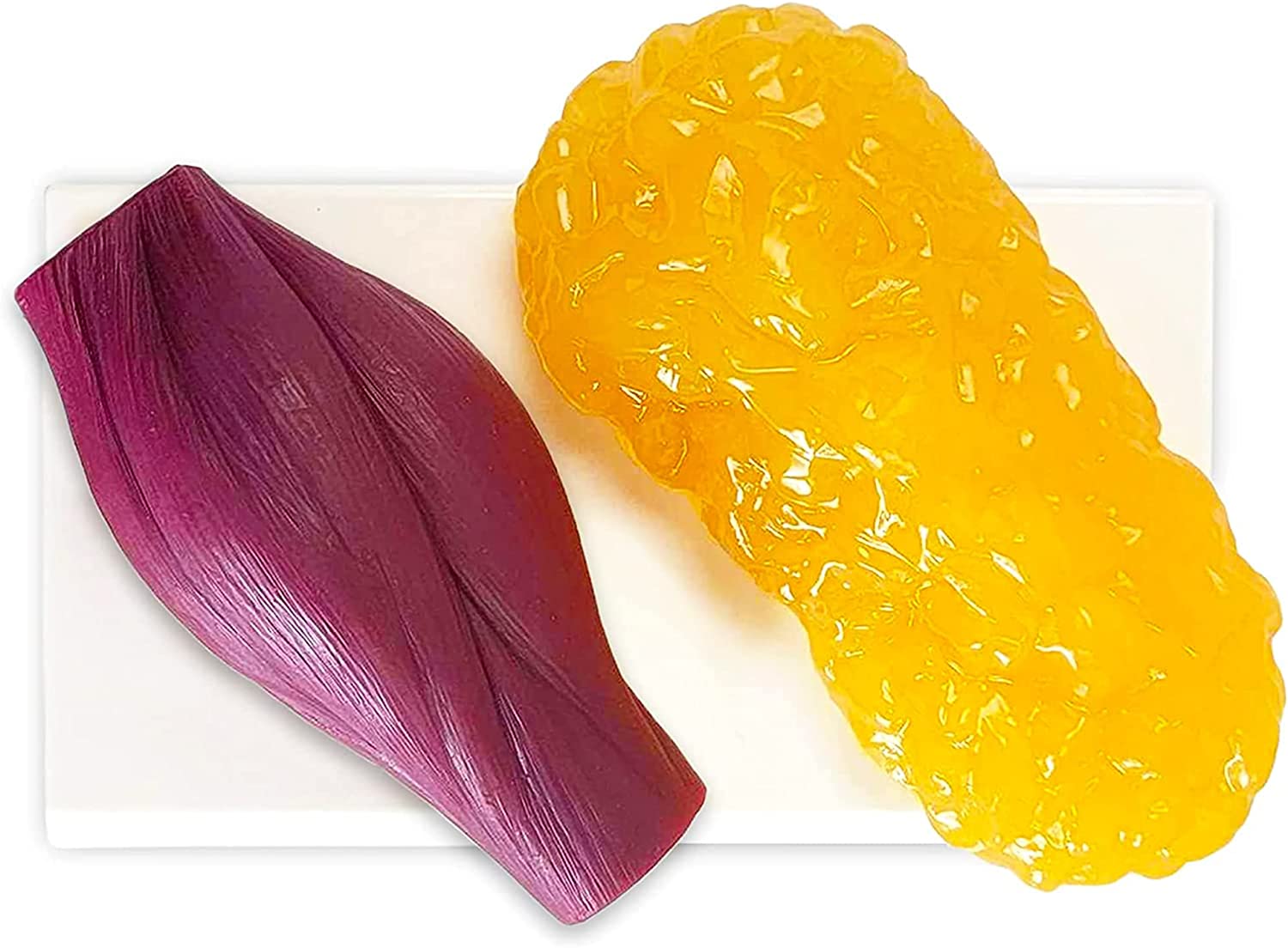This website may earn a commission from purchases made through affiliate links.
How do you know when your fat is turning into muscle?
This question was asked in earnest and it got me wondering, do people really think muscle turns into fat? Unfortunately with many “fitness coaches” and “influencers” perpetuating myths it’s hard for everyday people to tell what is myth and what is fact.
In short, no, muscle does not turn into fat and I’ll explain why.
In this blog post, we’ll debunk the myth that fat can turn into muscle and explain the science behind fat loss and muscle gain.
Understanding Fat and Muscle: Two Different Tissues
First, let’s clarify: fat and muscle are two entirely different types of tissue. Fat (adipose tissue) stores energy, while muscle (skeletal muscle tissue) uses energy to produce movement. These tissues have distinct functions and cannot transform into one another.
The Myth Debunked: Can Fat Turn Into Muscle?
No, fat cannot turn into muscle. The process of losing fat and gaining muscle involves two different metabolic pathways. When you consume fewer calories than you burn, your body taps into fat stores for energy, resulting in fat loss. On the other hand, muscle gain requires resistance training and an adequate protein intake to promote muscle protein synthesis.

How Muscle Helps Burn Fat
While fat can’t turn into muscle, building muscle can help you burn fat more efficiently. Here’s how:
Increased Metabolism: Muscle tissue burns more calories at rest compared to fat tissue. The more muscle you have, the higher your resting metabolic rate, which helps you burn more calories throughout the day.
Afterburn Effect: Resistance training, such as weight lifting, can lead to an increased calorie burn post-exercise. This is known as excess post-exercise oxygen consumption (EPOC), where your body continues to burn calories as it repairs and rebuilds muscle tissue.
Tips for Losing Fat and Gaining Muscle
To get a leaner, more muscular physique, focus on these key strategies:
Strength Training: Incorporate resistance training into your fitness routine at least 3-4 times a week. Use weights, resistance bands, or bodyweight exercises to challenge your muscles.
Cardio Workouts: Include cardiovascular exercises like running, cycling, or swimming to help burn calories and improve cardiovascular health.
Balanced Diet: Eat a diet rich in lean proteins, healthy fats, and complex carbohydrates. Protein is essential for muscle repair and growth, while healthy fats and carbs provide sustained energy.
Stay Consistent: Consistency is key. Stick to your workout and nutrition plan, and be patient. Results take time, but with dedication, you’ll see progress.

The Science-Based Approach to Fitness
Don’t be misled by myths and misinformation. Fat cannot turn into muscle, but building muscle can help you burn fat more effectively. Focus on a balanced approach that includes strength training, cardio, and a healthy diet to achieve your fitness goals. Remember, science-based information is your best ally in your fitness journey.
If you have any questions or need personalized advice, feel free to reach out. Your questions might even inspire a future blog post that could help others on their fitness journey.
Join Our Community
For more tips, workouts, and support, check out my YouTube channel and join my Facebook Support Group. Let’s achieve our fitness goals together!
Are you loving the health, wellness, and personal growth content on our blog? Want to take your journey to the next level? Look no further! Our weekly newsletter is packed with personalized tips, mouthwatering recipes, insightful articles, and fitness secrets.





